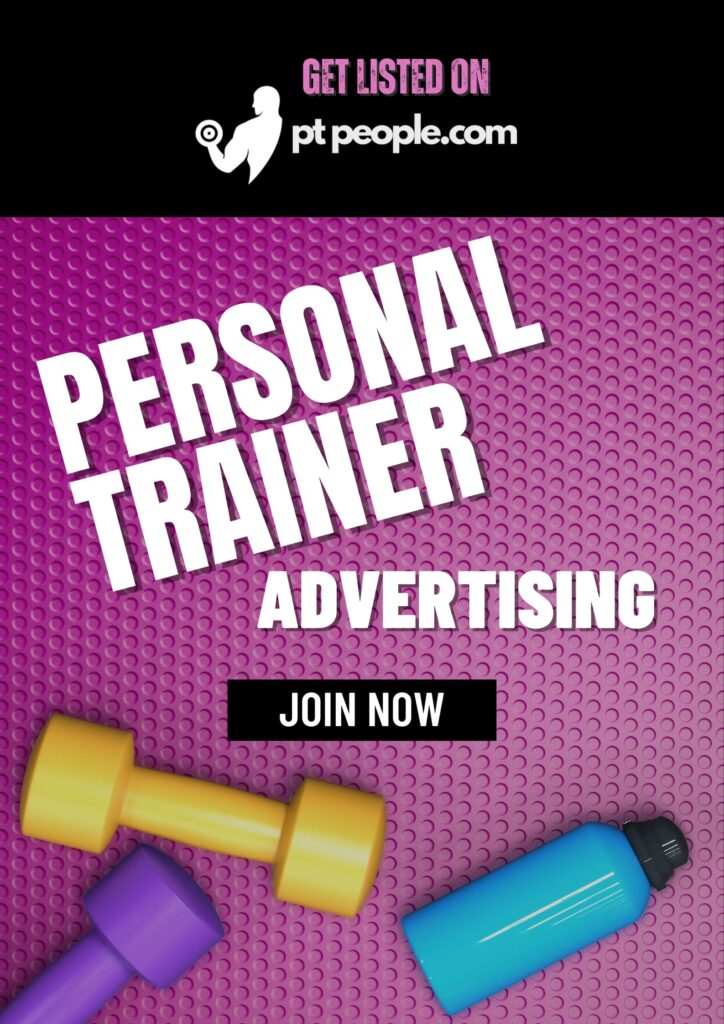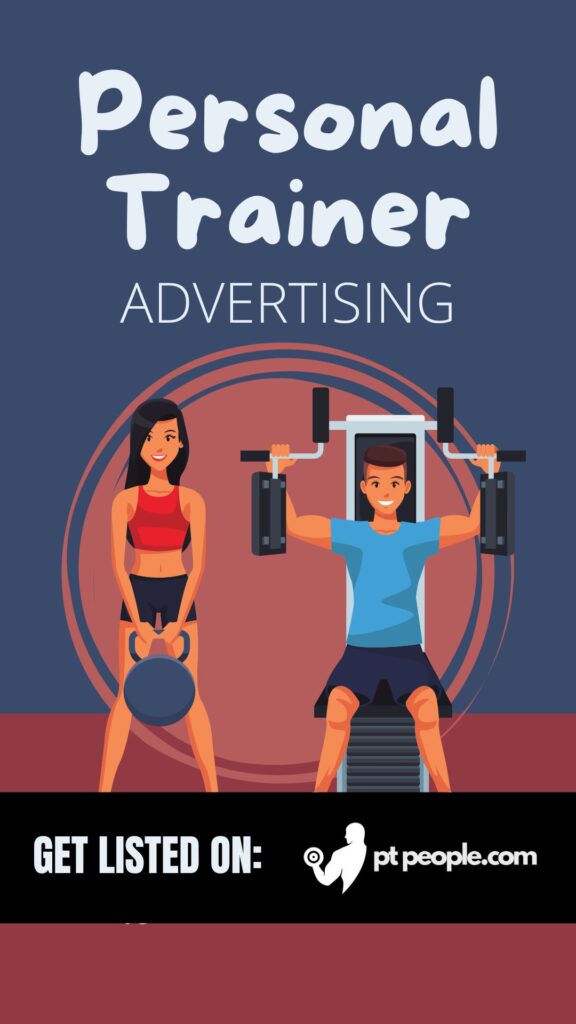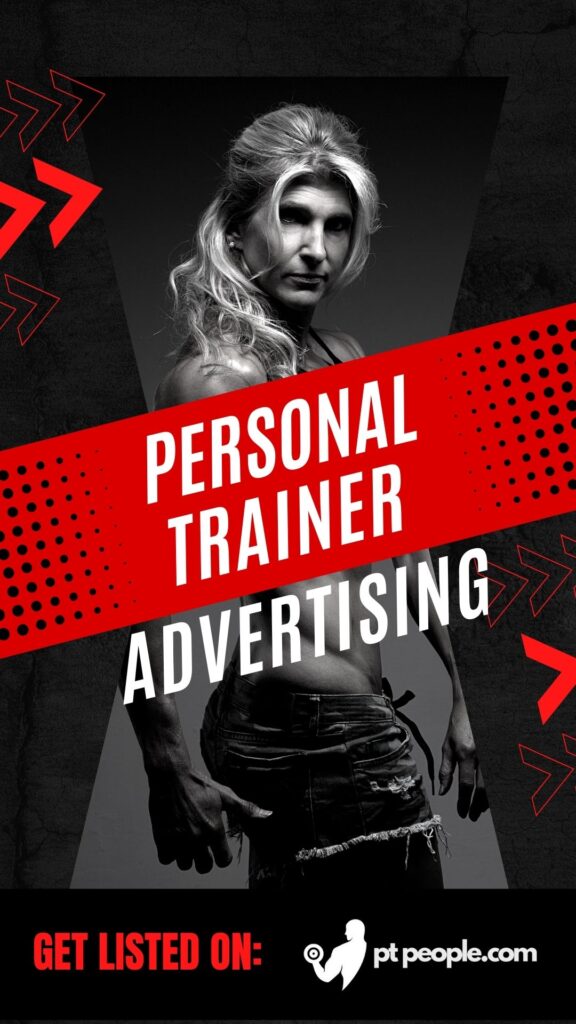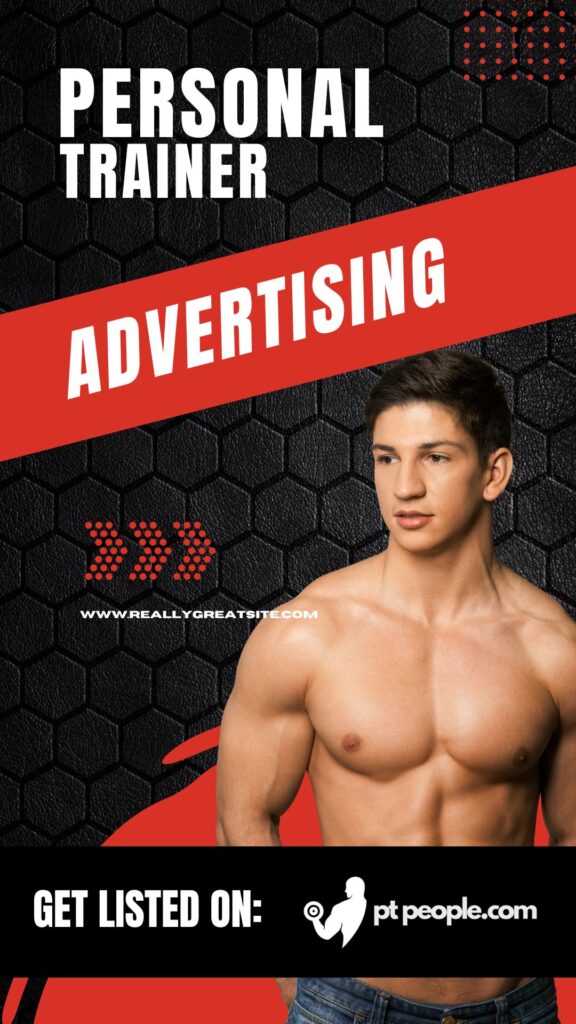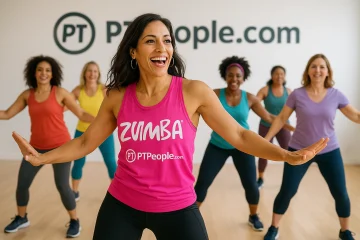
How to Advertise Your Personal Training Services | 13 Proven Hacks
Table of Contents
- 1. Define Your Ideal Client
- 2. Develop Your Personal Training Brand
- 3. Dedicate Time to Your Website Content
- 4. Publish Blog Posts That Answer Client Questions
- 5. Ask for Testimonials
- 6. Write Guest Blogs for High-Authority Sites
- 7. Harness Social Media
- 8. Build a Community
- 9. Maximize Your Visibility Online
- 10. Improve Your Local SEO
- 11. Send Emails Consistently
- 12. Encourage Referrals
- 13. Offer Clients Something That Will Entice Them
- Bonus: Tools & Resources to Streamline Your Marketing
- Final Thoughts
1. Define Your Ideal Client
Marketing starts with clarity. Who are you trying to reach?
- Beginners looking to get fit?
- Athletes wanting performance training?
- Busy professionals seeking online training?
- New moms wanting postnatal fitness?
2. Develop Your Personal Training Brand
- Create a compelling “About Us” page.
- Craft a Marketing Value Proposition: What makes you different?
- Choose a style and tone that speaks to your ideal client.
- Use consistent branding across platforms.
3. Dedicate Time to Your Website Content
- Use strong CTAs
- Include testimonials
- Offer free trials
- Highlight fitness tech & equipment
4. Publish Blog Posts That Answer Client Questions
- Build authority
- Rank on Google
- Answer common search queries
5. Ask for Testimonials
Let your happy clients do the talking. Use video and written testimonials across your platforms.
6. Write Guest Blogs for High-Authority Sites
Pitch to fitness websites, build backlinks, boost SEO, and bring in relevant traffic.
7. Harness Social Media
- Instagram – visual & stories
- Facebook – communities & groups
- TikTok – fast workout tips
- LinkedIn – pro clients
8. Build a Community
- Facebook groups
- Live Q&As
- 30-day challenges
- Client interaction & tagging
9. Maximize Your Visibility Online
Get listed with PTpeople.com and improve local SEO with visibility packages.
10. Improve Your Local SEO
- Use city-specific keywords
- Google My Business setup
- Ask for reviews
- Location pages
11. Send Emails Consistently
- Welcome sequences
- Weekly fitness tips
- Promo blasts
12. Encourage Referrals
- Free sessions
- Merch giveaways
- Discounted rates
13. Offer Clients Something That Will Entice Them
- Time-sensitive deals
- Limited spots
- Referral discounts
Bonus: Tools & Resources to Streamline Your Marketing
- Canva: Easy design
- MailerLite: Email automation
- Google Analytics: Traffic insights
- Buffer: Social media scheduling
- PTpeople.com Directory
Final Thoughts
The key to growth is not doing everything — it’s doing the right things consistently. Build your brand, market smart, and always put your clients first.
FAQs About Advertising Your Personal Training
Q: How do I advertise my personal training?
A: Define your ideal client, use social media, publish blogs, improve local SEO, and list your services on platforms like PTpeople.com.
Q: How do I sell myself as a personal trainer?
A: Highlight your unique value proposition, showcase testimonials, and create a brand story that connects emotionally.
Q: How to attract clients as a personal trainer?
A: Use targeted content, online directories, email marketing, and social proof to build trust and increase visibility.
Q: How to pitch clients for personal training?
A: Focus on their goals, explain your approach clearly, and offer a low-risk first step like a free trial or assessment.
Q: How do I market myself for training?
A: Use a combination of online marketing (blogs, social media, email) and offline strategies (local events, referrals).
Q: How to sell a personal training program?
A: Clearly define outcomes, include pricing tiers, use limited-time offers, and provide testimonials for credibility.
Q: Can I advertise personal training online and still find local clients?
A: Absolutely. Use local SEO tactics and directories that support geo-targeting like PTpeople.com.
Q: Where can I list my personal training services?
A: Use PTpeople.com, Google Business, Yelp, ClassPass, and local gym boards or fitness networks.






